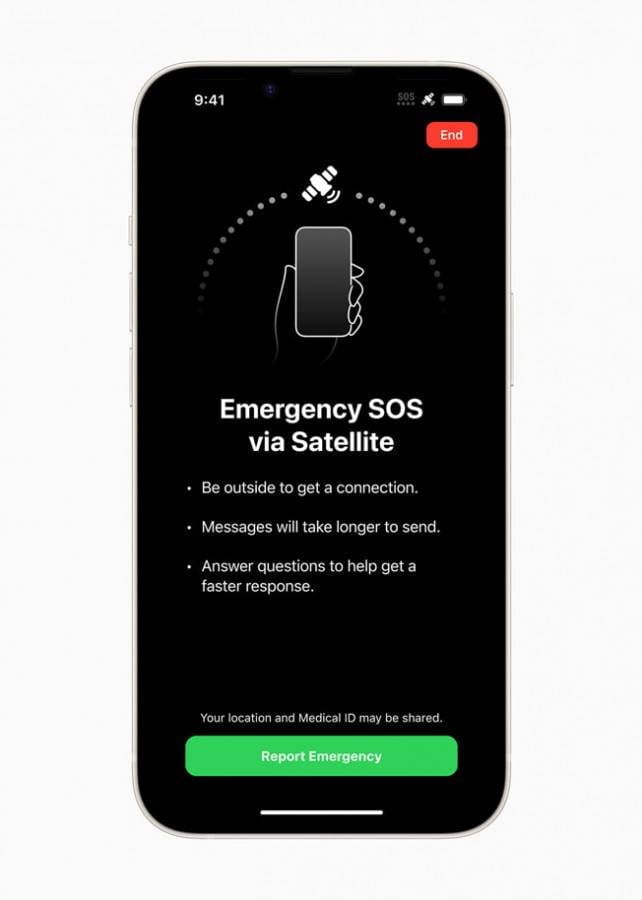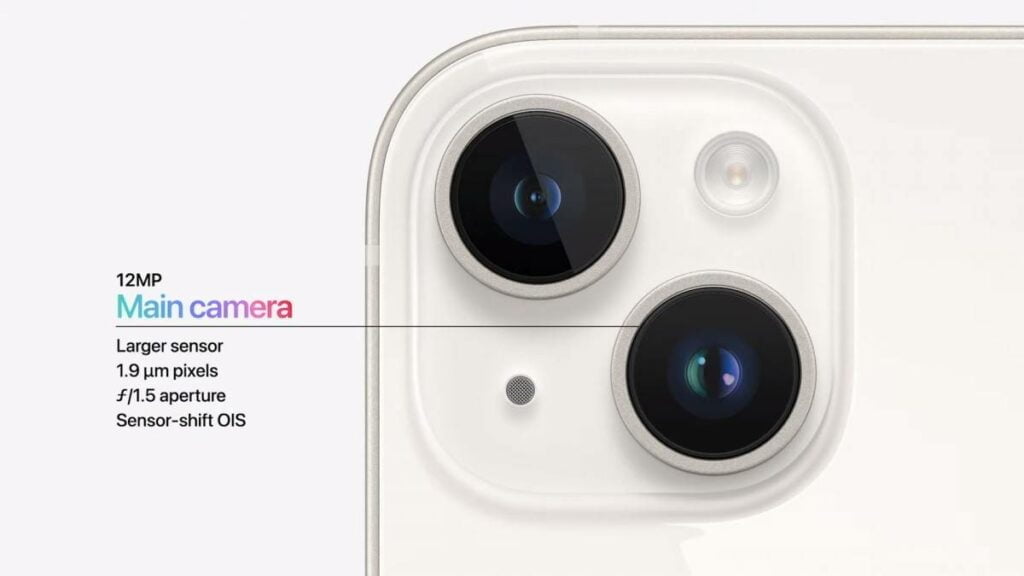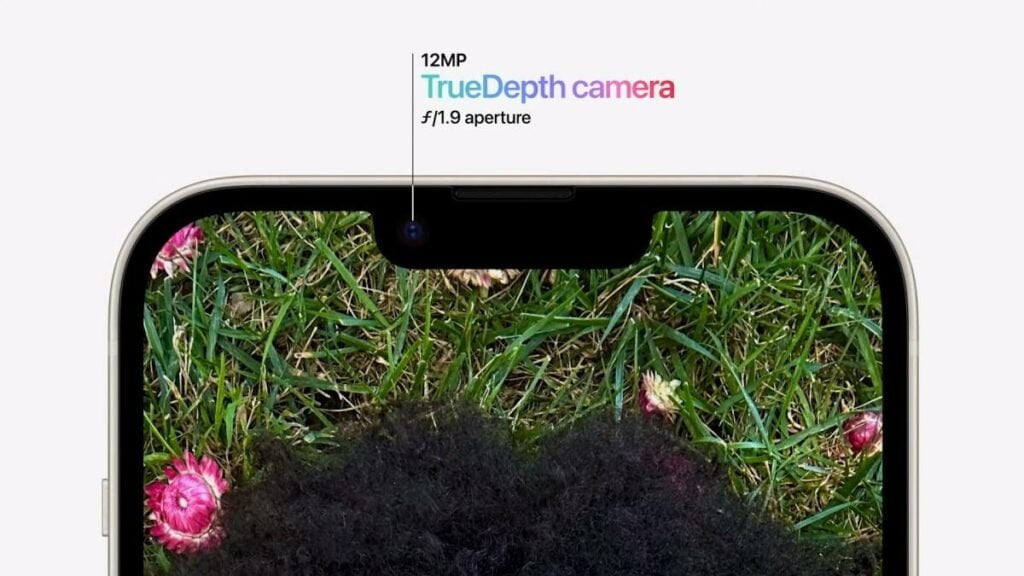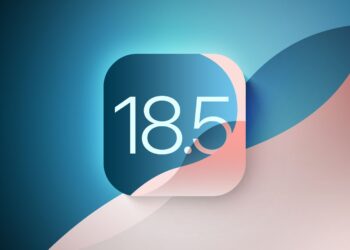Apple has finally unveiled the much-awaited iPhone 14 and iPhone 14 Plus with the same design as last year’s iPhone 13, including the previous generation A15 Bionic chipset. However, there is no mini option this year as the smallest and cheapest iPhone 14 is now 6.1-inches, while the iPhone 14 Plus has a larger 6.7-inches display.

The company has also removed the physical SIM tray for US models of the iPhone 14 series with an eSIM option instead. Furthermore, the new series introduce a brand new feature called Emergency SOS Satellite Messaging, which was a much rumored feature and will allow the phone to connect to satellite frequencies and send an emergency message with a clear view of the sky.

The interface will guide users to point their phone in the right direction and walks them through the steps to connect with the emergency service providers. It will also be possible to use the Find My App to share location without sending a message and the service will be free for two years with the latest iPhone 14 models.
However, the emergency satellite service will launch in November for iPhone users in the US and Canada only, while Apple has not announced a date for expansion of the service to other regions.
Coming towards the specifications, the iPhone 14 sticks with a 6.1-inch screen, while the iPhone 14 offers a much bigger 6.7-inches display along with a best battery life of any iPhone. However, the non-pro versions of the iPhone still come with last year’s A15 Bionic chipset – which is unlikely for Apple as it usually introduces a new chipset to be used in the entire iPhone series every year.
On the camera front, the non-pro iPhone 14 and iPhone 14 Plus still use 12MP cameras, however, the main camera uses a larger sensor with 1.9µm pixels (up from 1.7µm) and has a brighter f/1.5 aperture (up from f/1.6), which is going to allow it to capture 49% more light compared to the iPhone 13 camera.

Meanwhile, Apple has introduced a feature called the Photonic Engine on the software side of the iPhone 14 that will improve low-light photos compared to the iPhone 13. Furthermore, the Action Mode is another addition and works like an action camera by providing better stabilization so you don’t need a gimbal.
It also supports capturing video in Dolby Vision HDR but the camera still maxes out at 4K resolution.
On the front, Apple is offering a 12MP TrueDepth Camera with a f/1.9 aperture (up from f/2.2) and also an autofocus for the first time. The hardware improvement will allow for better low-light performance as it can capture up to 38% more light compared to its predecessor.

iPhone 14 and iPhone 14 Plus are available for order starting September 9 (Friday).
The base model of the iPhone 14 costs $800, while the iPhone 14 Plus will start at $900 with both phones being available on September 16 and October 7, respectively. While these prices are for the 128GB variants, the phones also come with 256GB and 512GB options.
Read more: Data of Billions of TikTok Users Leaked.




















